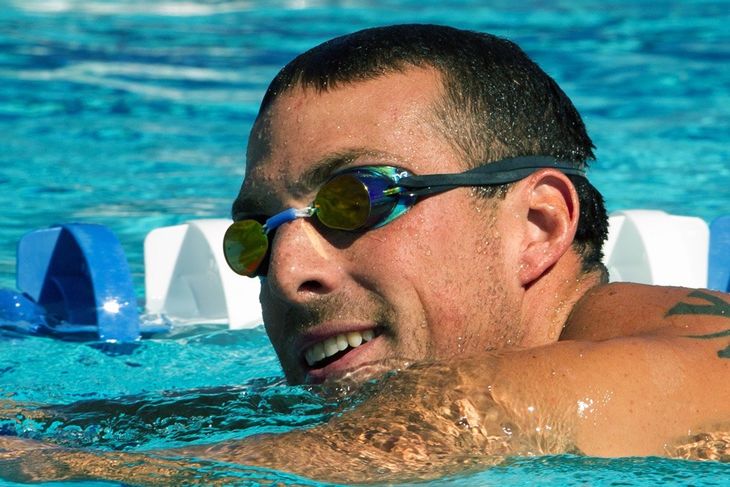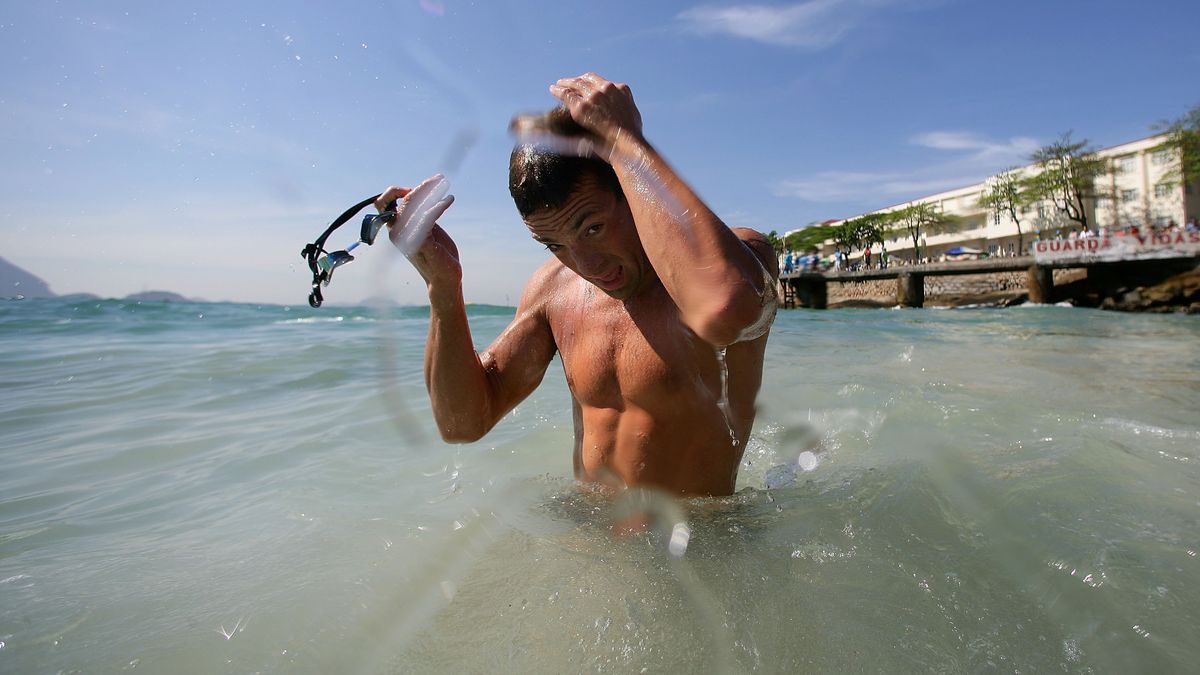The tragedy at a competition in Dubai highlighted the risks of extreme heat and the lack of adequate measures at sporting events.
Tragedies in sports are painful, especially when they occur in the middle of a competition. In organized events, adverse conditions often put the lives of athletes at risk. In Dubai, A case shocked the world of water sports: the death of Francis Crippen who did not manage to finish the race due to extreme temperatures.
The content you want to access is exclusive to subscribers.
This is not the first case in which bad decisions by organizers lead to tragedies. Similar events occurred in marathons and endurance competitions, where environmental conditions were not adequately taken into account, exposing athletes to deadly risks. The story of this elite swimmer is a clear example of how the lack of planning and response to emergency situations can have devastating consequences.


Francis Crippen, 22.jpg

The 29-year-old swimmer was in Dubai participating in a terno under extreme temperatures
The story of Francis Crippen, the open water swimmer who couldn’t reach the finish line
The talented American swimmer was born into a family deeply linked to sport. His passion for swimming began at a very young age, inspired by his older sister.Maddy Crippen, who participated in the Sydney Olympics in 2000. The Crippen family was renowned in the aquatic world, and Francis soon stood out, both in Pool and open water competitions.
After completing his studies at the University of VirginiaCrippen decided to dedicate himself fully to open water swimming. This discipline, which involves swimming long distances in seas, lakes or rivers, offered him the adrenaline he needed to be happy. Francis quickly positioned himself as one of the best in the world, obtaining medals in world championships and becoming a promise for the London 2012 Olympic Games.
On October 23, 2010, the American was competing in a 10-kilometer open water race in Fujairah, United Arab Emirates. The conditions of the day were extreme: theThe temperature was over 28 degrees, and the heat was suffocating. Despite warnings from athletes about excessive heat, the competition was not suspended nor were additional safety measures taken. Unfortunately, this would prove fatal.
swimmer.jpg

The first hypothesis about death suggested that death had occurred due to heat stroke.
During the race, Francis began to show signs of extreme fatigue. The competitors and the public noticed that he did not reach the goal. After two hours of intense searching, rescuers found the body of the swimmer. Attempts at resuscitation were futile, and the news of his death shook the world of water sports. The outrage was immediate, especially since many of his teammates had pointed out dangerous conditions before the competition.
The International Swimming Federation (FINA) launched an investigation into the circumstances surrounding Crippen’s death. It was concluded that the combination of high temperatures and the lack of a quick and effective response by the organizers were the main causes. The tragedy of the young American promise marked a before and after in the safety of open water competitions, promoting reforms that included the implementation of temperature limits in the tests.
The swimmer’s teammates, many of whom were present that fateful day, also demanded changes. They argued that weather conditions and the lack of adequate safety protocols had been decisive factors in their friend’s death. FINA has since introduced new rules to protect swimmers in extreme events, but toDebates still persist about the responsibility of organizers in cases like this.
Francis Crippen’s death not only impacted his family and teammates, but also changed the way open water competitions are approached. Today, his legacy lives on through the foundation created in his honor, the Fran Crippen Elevation Foundationwhich promotes safety in sport and supports young athletes in their development.
Source: Ambito
I am Pierce Boyd, a driven and ambitious professional working in the news industry. I have been writing for 24 Hours Worlds for over five years, specializing in sports section coverage. During my tenure at the publication, I have built an impressive portfolio of articles that has earned me a reputation as an experienced journalist and content creator.




